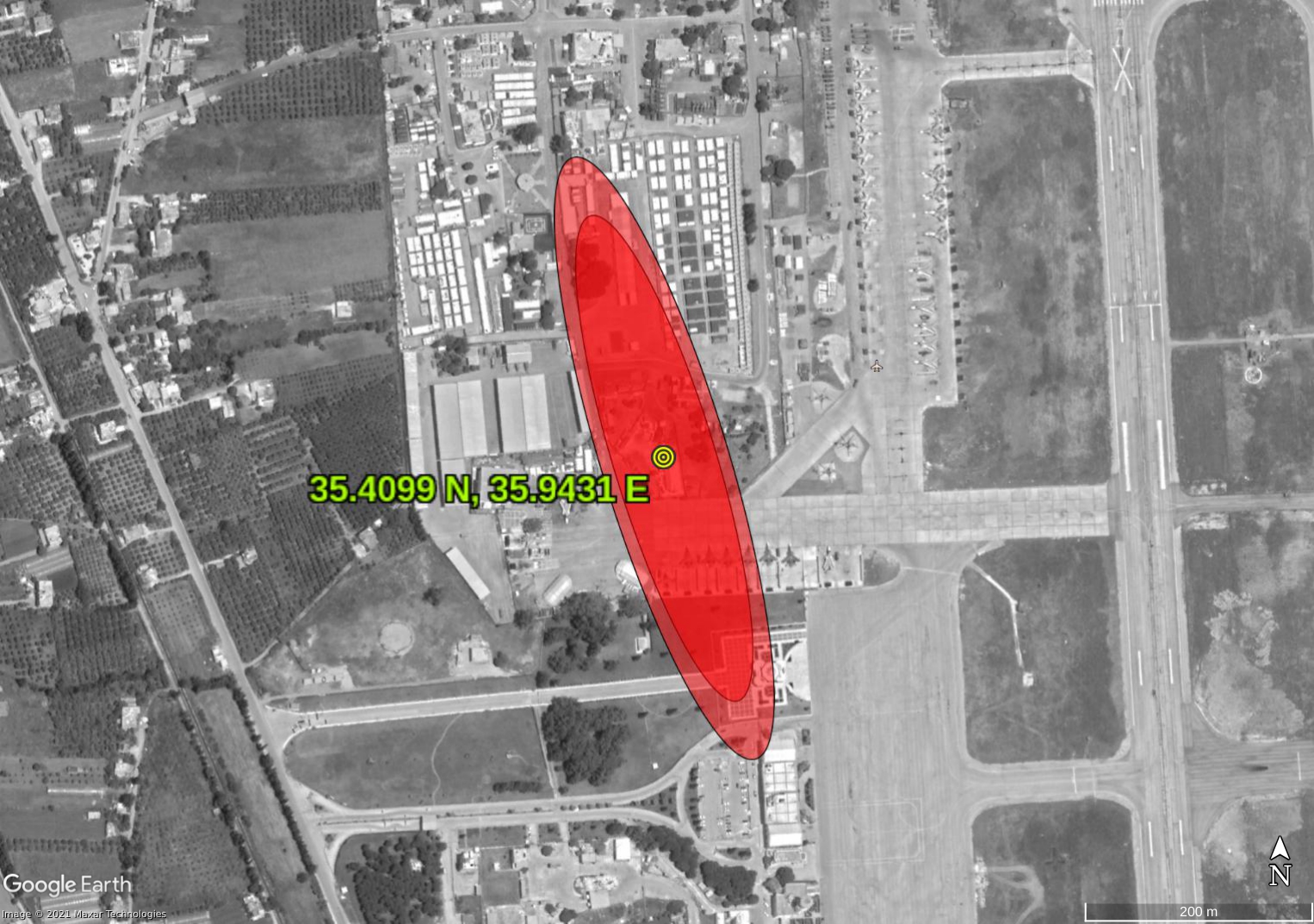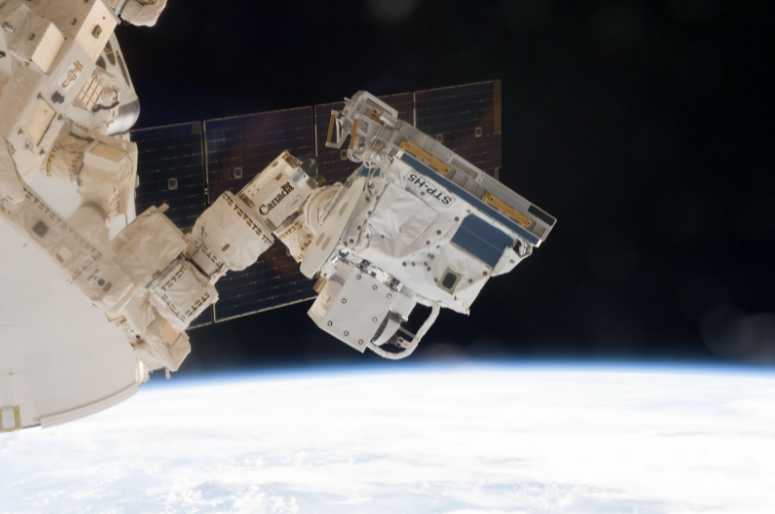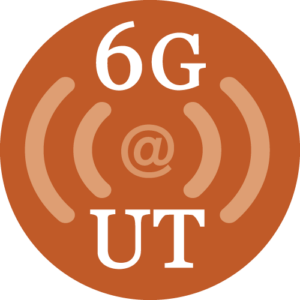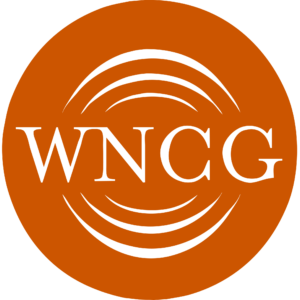Remote sensing
 The globe is awash in anthropogenic electromagnetic radiation, generated by – and sustaining – our information-age global economy. Of the utmost importance to all participants is a deep understanding of the atmosphere and its effects on positioning, navigation, and timing signals; even greater is the need for radiofrequency vigilance to uncover interference in the electromagnetic spectrum. Radionavigation Laboratory researchers are able to take advantage of our very own FOTON GPS receiver on board the International Space Station to attack both of these challenges.
The globe is awash in anthropogenic electromagnetic radiation, generated by – and sustaining – our information-age global economy. Of the utmost importance to all participants is a deep understanding of the atmosphere and its effects on positioning, navigation, and timing signals; even greater is the need for radiofrequency vigilance to uncover interference in the electromagnetic spectrum. Radionavigation Laboratory researchers are able to take advantage of our very own FOTON GPS receiver on board the International Space Station to attack both of these challenges.
- GNSS Interference Detection

- GNSS Radio Occultation


